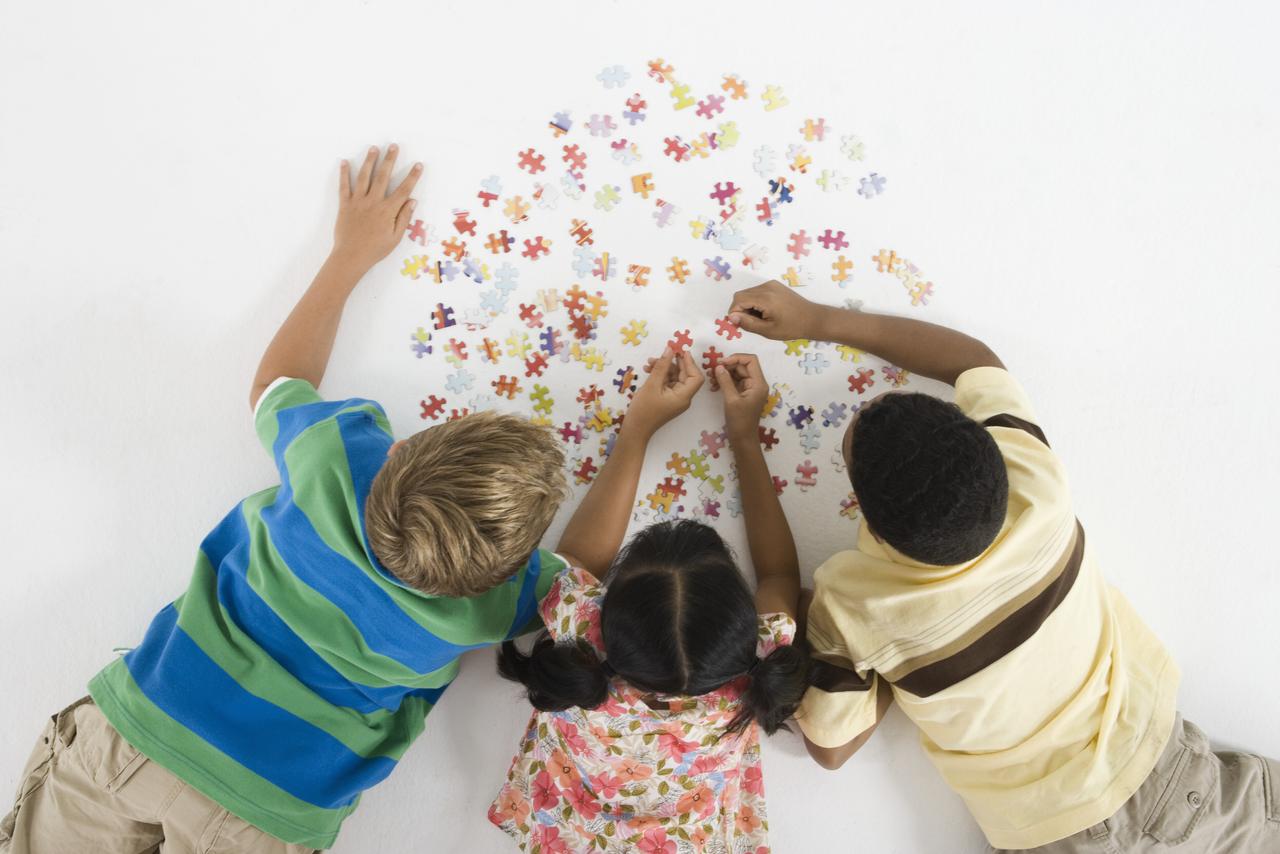We are living in a rapidly changing digital society in which technology is part of every small gesture we make in our daily lives and which affects all areas, sectors and activities. In education, this means two things: that we have to learn new things and that we can (and should) learn them in a very different way than we have done up until now.
In this regard, the inclusion of computational thinking in educational environments has become particularly relevant. Its ability to develop skills such as digital skills, problem-solving, teamwork, analytical thinking, decomposition and critical thinking, among many others, makes it particularly ideal as an instrument to be used in the education of future generations. Moreover, computational thinking provides us with another capacity that by no means lacks significance in these times: that of understanding how things, that are already indispensable companions of human beings in their daily lives, think and act: robots and machines which we interact with on a constant basis.
We have already seen how in vulnerable contexts, computational thinking offers us the opportunity to contribute bridging the digital gap. We will now see how to implement it in various technological scenarios in which we do not always have a technological infrastructure, Internet connection or highly trained teachers in the subject.
Usually, pedagogical proposals that work on the development of computational thinking are based on programming. However, in vulnerable educational contexts, where resources, teacher training and infrastructure are often limited, it is important to have pedagogical experiences that go beyond a programming, coding or robotic-based approach.
In this regard, we can look at a proposal made by several researchers from the field of Education and Computer Science, who in 2017 established four types of pedagogical experiences to address computational thinking in various educational contexts. What are they?
- Unplugged: these are experiences that work without the need for computers and focus on the exploration and application of computational thinking concepts. They can be used in an analogue setting, where the school does not have technological equipment, as they do not require it and they are easy to apply for inexperienced teachers.
- Tinkering: these experiences aim to modify a pre-existing object and are based on seeking a research context. Students must reflect on and research the possible changes to be made and the implications these changes would have. Tinkering activities usually involve data processing and simulation practices, addressing problem-solving in a computational way. They rely more on technology than the Unplugged experiences.
- Making: involves the creation of ideas based on objects and with a unique result. They often include processes involving the creation of prototypes, which also imply prior structured reflections in the development of the concept. Making experiences can be carried out without the need to be connected (using, for example, self-made materials, everyday objects, reusable materials, etc.) or involve digital creation through computation and programming.
- Remixing: these experiences involve mixing components of existing objects to create new ones for a specific purpose. As these authors state, in order to be able to create objects from this “remix”, students must be able to decompose an existing object into its small functionalities or parts, so that they can extrapolate them to use in new prototypes. Therefore, these types of experiences require more cognitive development in relation to computational thinking and are usually worked on once the other three types of activities have been carried out beforehand.
Based on these didactic proposals, what kind of activities can we carry out to work on computational thinking with children in vulnerable contexts, in a gradual and developmental way?
In the early stages of development, we can design activities using very simple resources which are available in all environments, such as storytelling. The processes involved in this type of activity (creating a storyboard, for example) are an ideal way to work on computational thinking without programming. When designing and thinking about a story, we are setting in motion processes related to logical thinking, critical thinking, algorithmic thinking, problem decomposition, data representation and parallelisation, among others. The cognitive processes involved in dividing a story into scenes are the same whether they are performed digitally or in analogue form, so the result can be transferred into other non-digital formats, such as onto coloured cardboard. In the same way, the Montessori pedagogy can also help us to work on the mathematical mind and logical thinking. There are also very simple robots that allow children to work on sequential thinking, abstraction and decomposition. Some authors advocate that the use of such robots enables the development of skills such as problem-solving and logical thinking.
All of these approaches can be combined and adapted to a multitude of contexts to offer all children the same learning opportunities, in any circumstances and wherever they might be located.






